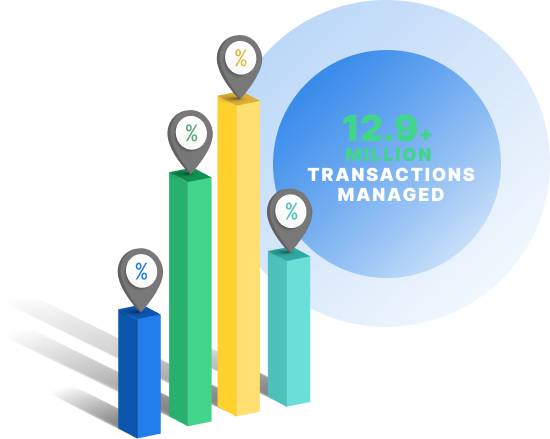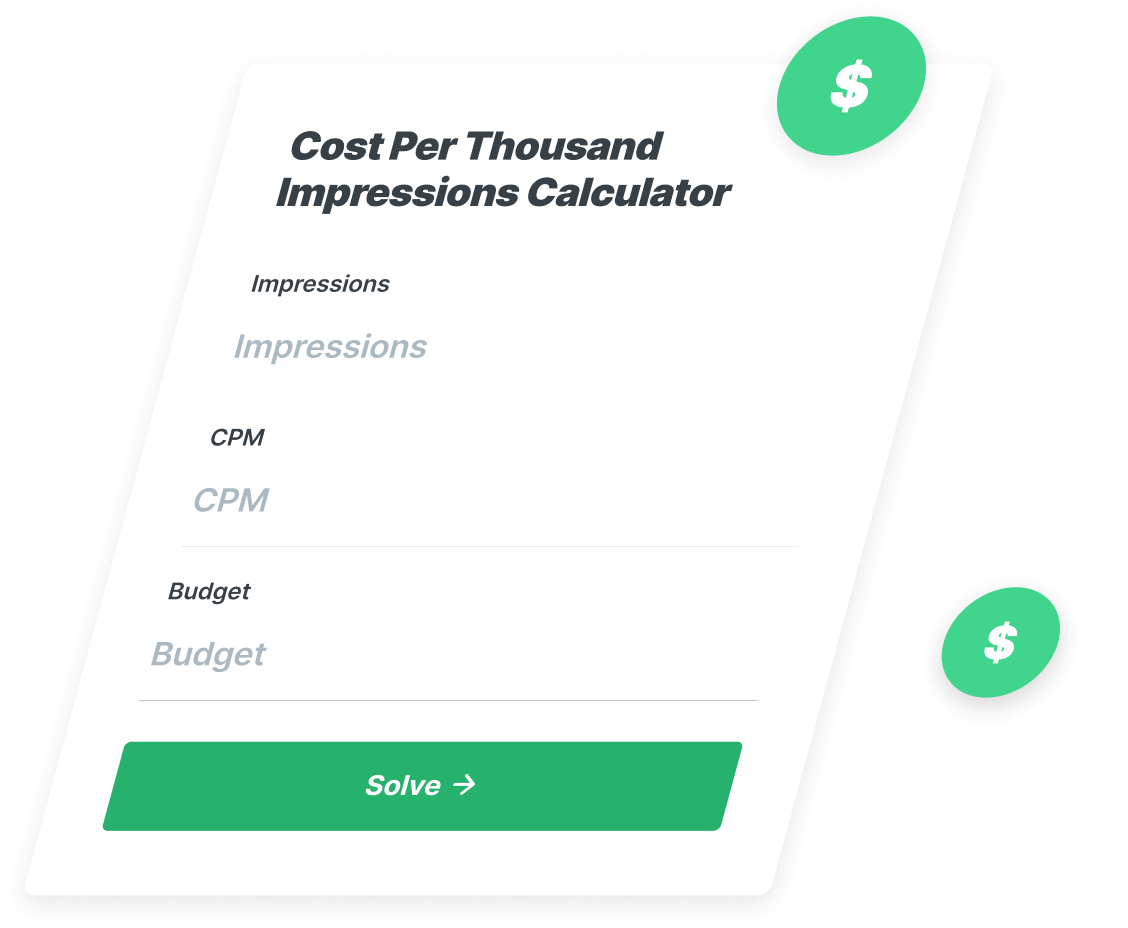-
 Published: Nov 27, 2021
Published: Nov 27, 2021
-
 6 min. read
6 min. read
-
 Matthew Gibbons
Matthew Gibbons Lead Data & Tech Writer
Lead Data & Tech Writer
- Matthew is a marketing expert focusing on the SEO & martech spaces. He has written over 500 marketing guides and video scripts for the WebFX YouTube channel. When he’s not striving to put out some fresh blog posts and articles, he’s usually fueling his Tolkien obsession or working on miscellaneous creative projects.
What is Federated Learning of Cohorts?
Federated learning of cohorts is a privacy-focused approach that allows advertisers to target groups of people with similar interests, while keeping individual data anonymous and secure.
Update: Federated Learning of Cohorts (FLoC) has now been replaced by Google Topics.
We’ve all seen the pop-ups. You visit a website, start scrolling, but immediately get hit with a bar asking you to accept cookies. This is the case on countless websites, and it’s not just individual sites — for a long time, Google has been using cookies to track data as well.
Google’s intention was to use cookies to improve their advertising, targeting users with ads that matched their interests. But understandably, many people were concerned about the implications of third-party cookies on privacy, so Google’s cookies are now going away.
Over the next couple of years, Google plans to roll out a new way of tracking user data for advertising: Federated learning of cohorts. If your business runs paid ads through Google, this means your user targeting will change.
So, what is federated learning of cohorts (FLoC)? How does FLoC work, and what will it mean for your business? If you’re unsure, just keep reading, because we’ll answer all those questions below.
Then subscribe to Revenue Weekly — our email newsletter — to receive more digital marketing tips from the agency with over 1,100 client testimonials!
What is federated learning of cohorts (FLoC)?
FLoC divides users into groups, or cohorts, and targets ads to those cohorts rather than to individual users.
FLoC is a system developed by Google as a replacement for third-party cookies. It’s designed to prioritize user privacy while still allowing advertisers to reach relevant users.
FLoC vs. cookies: How do they work?
The thing that makes FLoC so significant is the fact that it’s different from third-party cookies. That distinction is what defines it, so to talk about FLoC, we also have to address cookies.
For that reason, it’s helpful to have cookies and FLoC explained together. So, let’s briefly cover how each ad tracking system works.
How do third-party cookies work?
Third-party cookies are pieces of data that allow companies and websites to track your browser activity. When you visit a website, that website can install cookies on your browser. Many websites use first-party cookies, which simply allow that website to remember your site preferences.
But third-party cookies come from outside entities — in this case, Google. So, if you visit ilovedogs.com, Google will install a cookie on your browser that indicates your liking for the content on that site — in this case, your love of dogs.
Google can then target you with related ads in the future. It also allows companies advertising through its network to target you with their own dog-related ads.
The main thing to know about cookies is that they operate based on tracking your individual browser history. That’s what has made them such a point of contention in the past, and that’s what has led to them being replaced by FLoC.
How does FLoC work?
Now that we’ve gone over the basics of cookies, how does FLoC work differently from them?
With third-party cookies, Google can see a full profile of all the sites you, as an individual, have visited. That means it could theoretically assemble a whole profile of you based on your interests. That sparked privacy concerns that led to the creation of FLoC.
FLoC does not send all your individual interests to Google. It’s also crucial to note that it doesn’t collect individual data or browsing history, like cookies do.
Instead, FLoC keeps all your personal info limited to your browser. Your browser then determines which cohort — or interest group — you’re in based on those interests. From there, Google targets ads to cohorts rather than individual users.
Essentially, your browser is automatically assigning you to a cohort rather than sending your data to a third-party and letting them do it. That means those third parties never gain access to your individual data.
So, if you now visit ilovedogs.com, your browser might place you in a cohort of people who share an interest in dog-related topics (along with interests in whatever other sites you’ve visited).
Google doesn’t know that you, specifically, love dogs. It just knows that your cohort loves dogs, and directs its dog-related ads to that cohort. So, you still see the ads, but without your browser directly sending Google your site history.
Google also reassesses your cohort each week to ensure that it stays accurate with its ad targeting. Finally, those cohorts have a minimum of 1000 users each. That helps boost your anonymity, as opposed to if the cohorts were only five people each.
What does FLoC mean for your business?
Now that we’ve covered what Google FLoC is and how it works, what does it mean for your business? When Google finalizes the switch from third-party cookies to FLoC, how will it affect your advertising?
According to Google, the change shouldn’t shift the way you advertise. You don’t have to do anything differently — all that’s changing is the way Google targets your ads to users.
That said, as a business, you may experience some minor changes. Your ad targeting may be slightly less accurate, as targeting groups of people is less specific than targeting individuals. Ideally, though, the difference will be negligible.
As a user, meanwhile, it’s also worth noting that the move away from third-party cookies is just being done by Google. You’ll still encounter plenty of cookies, both the first-party and third-party kinds, from other advertisers.
Despite all the benefits of FLoC, it has earned plenty of criticism from different people and organizations, and for several reasons.
Some businesses are upset that their ad targeting will be less accurate. Others feel that FLoC still doesn’t do enough to protect users’ privacy.
If you want to see whether FLoC is currently enabled on your browser, you can visit Am I FLoCed, a website created by the Electronic Frontier Foundation (EFF). It will tell you if you’re among the users Google is using to test FLoC.
Our long list of services helps you grow every aspect of your business with marketing strategies that are proven to increase bottom-line metrics like revenue and conversions. In the past 5 years, we’ve managed more than 14.9 MILLION transactions across our client base.Time to Level Up Your Sales

WebFX can help you get the best results from Google FLoC in your paid advertising
It’s impossible to know for certain exactly what the move to FLoC will bring in the next few years. What you can know is that if you’re looking for help navigating your paid advertising during that time, WebFX will be there to help.
With over 28 years of digital marketing experience, WebFX knows paid advertising inside and out, and we know what it takes to drive a high-quality campaign. When you partner with us for our pay-per-click (PPC) advertising services, we can show you firsthand.
To get started with us, just call 888-601-5359 or contact us online today!
-
 Matthew is a marketing expert focusing on the SEO & martech spaces. He has written over 500 marketing guides and video scripts for the WebFX YouTube channel. When he’s not striving to put out some fresh blog posts and articles, he’s usually fueling his Tolkien obsession or working on miscellaneous creative projects.
Matthew is a marketing expert focusing on the SEO & martech spaces. He has written over 500 marketing guides and video scripts for the WebFX YouTube channel. When he’s not striving to put out some fresh blog posts and articles, he’s usually fueling his Tolkien obsession or working on miscellaneous creative projects. -

WebFX is a full-service marketing agency with 1,100+ client reviews and a 4.9-star rating on Clutch! Find out how our expert team and revenue-accelerating tech can drive results for you! Learn more
Cost Per Click (CPC) Calculator
Do you advertise on platforms that charge per click? Use our calculator and figure out exactly how many clicks will fit within your budget.
Calculate Your CPC
Unlock the Potential of PPC for Your Business
See how WebFX helped another company increase quote requests from paid search.
See How We Did ItCost Per Click (CPC) Calculator
Do you advertise on platforms that charge per click? Use our calculator and figure out exactly how many clicks will fit within your budget.
Calculate Your CPC





